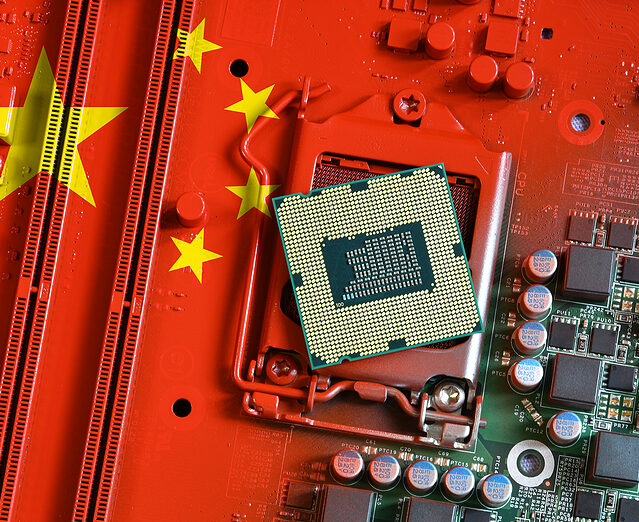President Biden and former president Donald Trump have found common ground. Still, they are fiercely competing to see who can hit China harder with tariffs.
Whatever one’s position on tariffs or the current or former president, there is a far more significant issue regarding China: whether we will stay ahead of them in technology research and development.
Tariffs, though, have gotten a bevy of recent attention.
On May 14, Biden announced a series of stringent tariffs against China. At an event with numerous business and labor leaders, the White House said it would increase tariffs “on $18 billion of imports from China.” These were “across strategic sectors such as steel and aluminum, semiconductors, electric vehicles, batteries, critical minerals, solar cells, ship-to-shore-cranes, and medical products.”
In analyzing this, the Council of Foreign Relations said, “Biden surprised many analysts after he entered office by leaving former President Trump’s earlier duties in place.”
However, if the United States is to continue to be the world’s dominant economic superpower, it will need to do much more than impose tariffs against China. It will require a vibrant, thriving, creative tech sector whose capabilities and leadership far exceed China’s.
China is pulling out all the stops to become technologically superior. It has dramatically improved its tech standing over the last 20 years, leaving Europe and other regions in the dust. It now targets surpassing the United States.
China’s National Bureau of Statistics reports that expenditures on research and development rose 243 percent from 2000 to 2022, exceeding $418.2 billion in 2022, a 10.1 percent increase from 2021.
According to the National Science Foundation, U.S. research and development expenditures are still more, at $885.6 billion for 2022. If left unchecked, China could surpass this dollar value in under a decade. In fact, because China’s cost of living is much lower than the United States, it is already breathing down our neck for research and development supremacy.
Recent developments also show how China has geared up for continual, significant tech growth.
China’s National Bureau of Statistics reports that domestic patent applications skyrocketed more than 3,900 percent from 2000 to 2022, with 5,186,407 applications in 2022. The number of full-time research and development professionals in China rose 589 percent from 2000 to 2022, reaching 6.3 million in 2022, reports China’s State Council.
Since its founding, the United States has been the world’s innovation leader. Research and development are part of our national DNA, and we have attracted the world’s best and brightest who want to explore new ideas and technologies.
But maintaining that supremacy is not pre-ordained.
America has never faced an organized national competitor as formidable as China in terms of innovation. China, the world’s second-largest country by population, also recognizes economic and military power will be derived from who can best drive new technology and has a comprehensive national strategy to get there.
The United States must take three steps to stay the world’s prominent technological leader. First, the federal government should continue contributing to research and development on a select and targeted basis, such as the Department of Energy’s energy labs.
Second, we must continue to attract global innovators to work here and become citizens, as we attracted Albert Einstein to become a citizen in 1940. China has 290,000 students in the United States, most of whom are in technical fields. The more of these students we can lure to become citizens, the better our competitive edge will be.
Third, we must remember that America’s technological prowess and leadership have always been driven by private-sector investments and should remain so. The most important thing the federal government can undertake is “to first do no harm” to large, successful tech companies with the scale and ability to take substantial research and development risks to promote new technologies.
Yet today, government actions from the Federal Trade Commission harass large U.S. technology companies while leaving Chinese companies alone. This bizarre, self-destructive effort may register political points with those who hate big companies, but it solves no underlying problem and handcuffs us competitively.
China has thrown down the gauntlet for a tech challenge. We should not run from it, whine, or worry. Complacency is also dangerous. Instead, the United States should embrace the challenge as a catalyst to accelerate change and foster prosperity that will benefit our citizens and the rest of the world.

